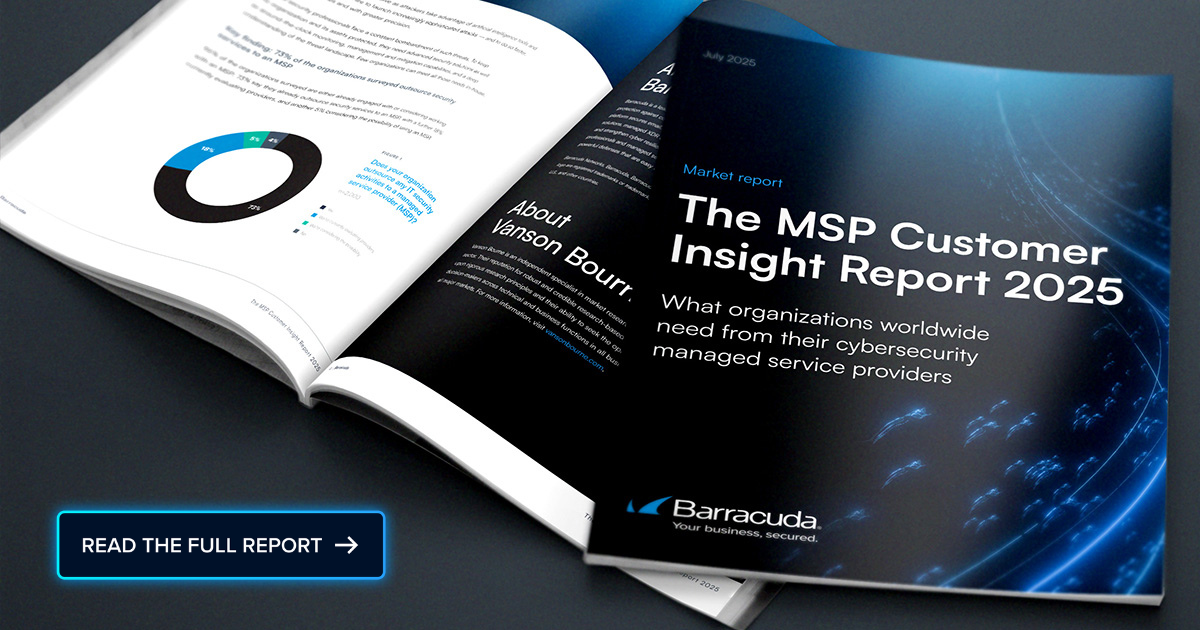 A survey of 414 IT professionals published this week by Telia Carrier by Savanta finds security is a top pain point when it comes to wide area networks (WANs). 55 percent listed this as their main concern, followed by service flexibility (43 percent), supplier performance (36 percent) and network congestion.
A survey of 414 IT professionals published this week by Telia Carrier by Savanta finds security is a top pain point when it comes to wide area networks (WANs). 55 percent listed this as their main concern, followed by service flexibility (43 percent), supplier performance (36 percent) and network congestion.
Not surprisingly, the survey of IT professionals in the U.S, U.K., France and Denmark identifies bandwidth (40 percent), service flexibility (36 percent) and customer support (29 percent) as the top three criteria for selecting a local network partner or Internet service provider (ISP) to connect to a cloud-service provider.
The survey also finds 90 of respondents rely on the public Internet for some or all of their WAN services, with two-thirds of respondents perceiving public Internet services to be a commodity. Only half of survey respondents, however, rate their understanding of how the Internet backbone works as very good or excellent.
Nevertheless, the survey also finds 90 percent of respondent would like their network partners to adopt more machine-to-machine workflows and automation, with 68 percent reporting they already use application programming interfaces (APIs) to both gain real-time visibility of network performance and control their network infrastructure. Those results would suggest many IT organizations are already well down the path toward embracing software-defined WANs.
Sustainability drives decision-making
More than a third of all respondents (38 percent) said they now only shortlist suppliers with a strong commitment to sustainability. Among those who don’t include sustainability as part of their initial selection criteria, 42 percent said it plays a factor in their final decision. Decision makers in the U.S. (46 percent) are on par with the UK and Denmark (45 percent each) for considering sustainability in their final selection process.
Only a fifth of respondents said they choose suppliers solely on the basis of price and performance. The majority (95 percent) also said they are willing to pay a premium for a sustainable supplier of 5 percent or more. Clearly, the WAN times are a changing.
Managed service providers (MSPs) would do well to take note of sustainability requirements when helping their customers select WAN suppliers. Like it or not, organizations obviously want to know how much the consumption of networking services might be impacting their goals for achieving carbon neutrality.
The more modern the network equipment employed to deliver networking services, the more energy efficient the IT organization becomes overall. Measuring sustainability may prove to be something of a challenge, but the IEEE is not a bad place to at least get started down the path.
In the meantime, there’s never been more interest in WANs. In the wake of the COVID-19 pandemic workforces are more distributed than ever. SD-WANs are widely viewed as playing a critical role in enabling zero-trust IT architectures that flexibly provide instant access to secure network connections. Most organizations would rather consume networking services on demand versus trying to manage a global network of appliances themselves.
Regardless of approach, MSPs are playing a key role in enabling this transition. The challenge and the opportunity now is to make sure no customer pain points are being overlooked.
Photo: asharkyu / Shutterstock
